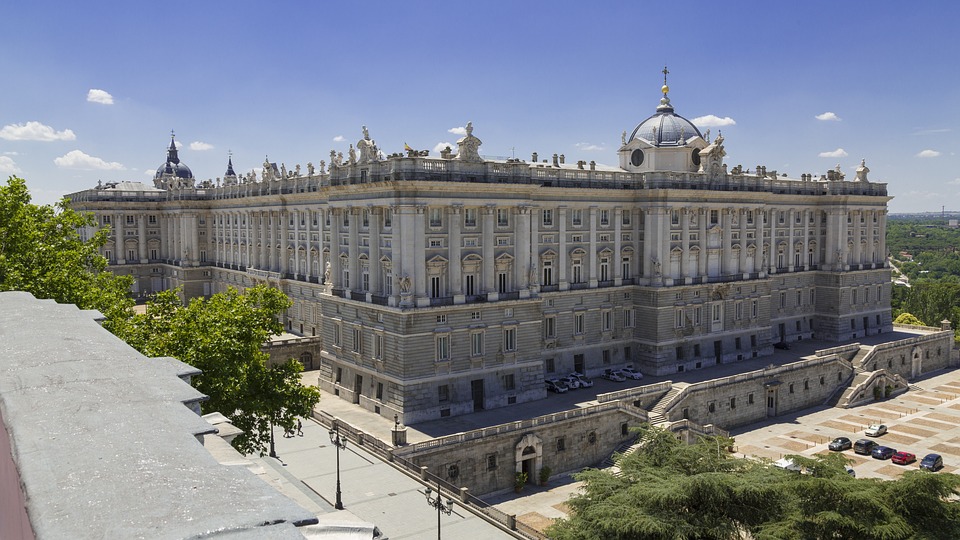Introduction
The Costa de Valencia, located on the stunning eastern coast of Spain, offers an enchanting blend of pristine beaches and rich Valencian culture. From breathtaking coastal landscapes to vibrant city life, this region has something to offer every type of traveler. Whether you’re seeking relaxation, adventure, or cultural immersion, Costa de Valencia should definitely be on your travel bucket list.
The Exquisite Beaches
If you’re a beach lover, Costa de Valencia is a paradise waiting to be explored. With miles of golden sandy shores and crystal-clear waters, the region boasts numerous Blue Flag beaches that guarantee cleanliness and safety. From the bustling Malvarrosa Beach in Valencia to the secluded coves of Albufera Natural Park, every sun seeker will find their perfect spot. Furthermore, the diversity of beaches in Costa de Valencia caters to various preferences, whether you prefer vibrant beachfront bars or tranquil hidden gems.
Valencian Gastronomy
No trip to Costa de Valencia is complete without indulging in its delectable gastronomy. The region is famous for its traditional dish, paella, which originated in Valencia. Savoring an authentic Valencian paella, made with locally sourced ingredients, is a culinary experience like no other. Additionally, Costa de Valencia is known for its fresh seafood, tapas culture, and exquisite local wines. Exploring the region’s markets and restaurants will introduce you to a world of flavors that will delight your taste buds.
Historical and Architectural Treasures
Costa de Valencia is a trove of historical and architectural gems. Valencia, the capital city, boasts a magnificent blend of Gothic, Renaissance, and modernist architecture. The iconic City of Arts and Sciences, designed by Santiago Calatrava, is a must-visit attraction, featuring futuristic structures that house a planetarium, opera house, and interactive science museum. The historic center of Valencia is equally captivating, with its beautiful squares, medieval towers, and the stunning Valencia Cathedral.
Nature and Outdoor Activities
Beyond the beaches and urban delights, Costa de Valencia offers breathtaking natural landscapes and exciting outdoor activities. The Albufera Natural Park, a freshwater lagoon surrounded by rice fields, is a haven for nature lovers. Explore its rich biodiversity on a boat trip or savor the sunset views from its miradors. Adventure enthusiasts can hike through the Montanejos Gorges, known for their turquoise waters and stunning rock formations. From cycling along the stunning coastline to exploring hiking trails through picturesque mountains, there are endless opportunities to connect with nature in this captivating region.
FAQs
Q: When is the best time to visit Costa de Valencia?
A: The best time to visit Costa de Valencia is during the spring (April to June) or autumn (September to November) months when the weather is pleasant and the tourist crowds are fewer.
Q: How can I travel to Costa de Valencia?
A: Costa de Valencia is easily accessible by air, with Valencia Airport being the main gateway. It is well-connected to major European cities. Alternatively, you can also reach the region by train or bus from other parts of Spain.
Q: Are there any cultural events or festivals in Costa de Valencia?
A: Absolutely! Costa de Valencia hosts numerous cultural events throughout the year. The most famous is Las Fallas, a unique festival held in March, featuring impressive fireworks, street parades, and the burning of elaborate sculptures made of papier-mâché. Other festivals include the Valencian Tomatina in Buñol, where participants engage in a massive tomato fight, and the traditional Moors and Christians festivities in various towns.
Q: What other attractions can I visit in the region?
A: Apart from the beaches and Valencia city, you can explore the charming coastal town of Cullera, visit the impressive Sagunto Castle, or take a day trip to the enchanting Altea, known for its whitewashed houses and bohemian vibes. The Bioparc Valencia, an immersive zoo, and the Oceanogràfic, Europe’s largest aquarium, are also popular attractions.
Q: Is it safe to swim in the Costa de Valencia beaches?
A: Yes, the Costa de Valencia beaches are generally safe for swimming. However, it’s always recommended to swim in designated areas with lifeguards and pay attention to any warnings or flags indicating potential hazards.

